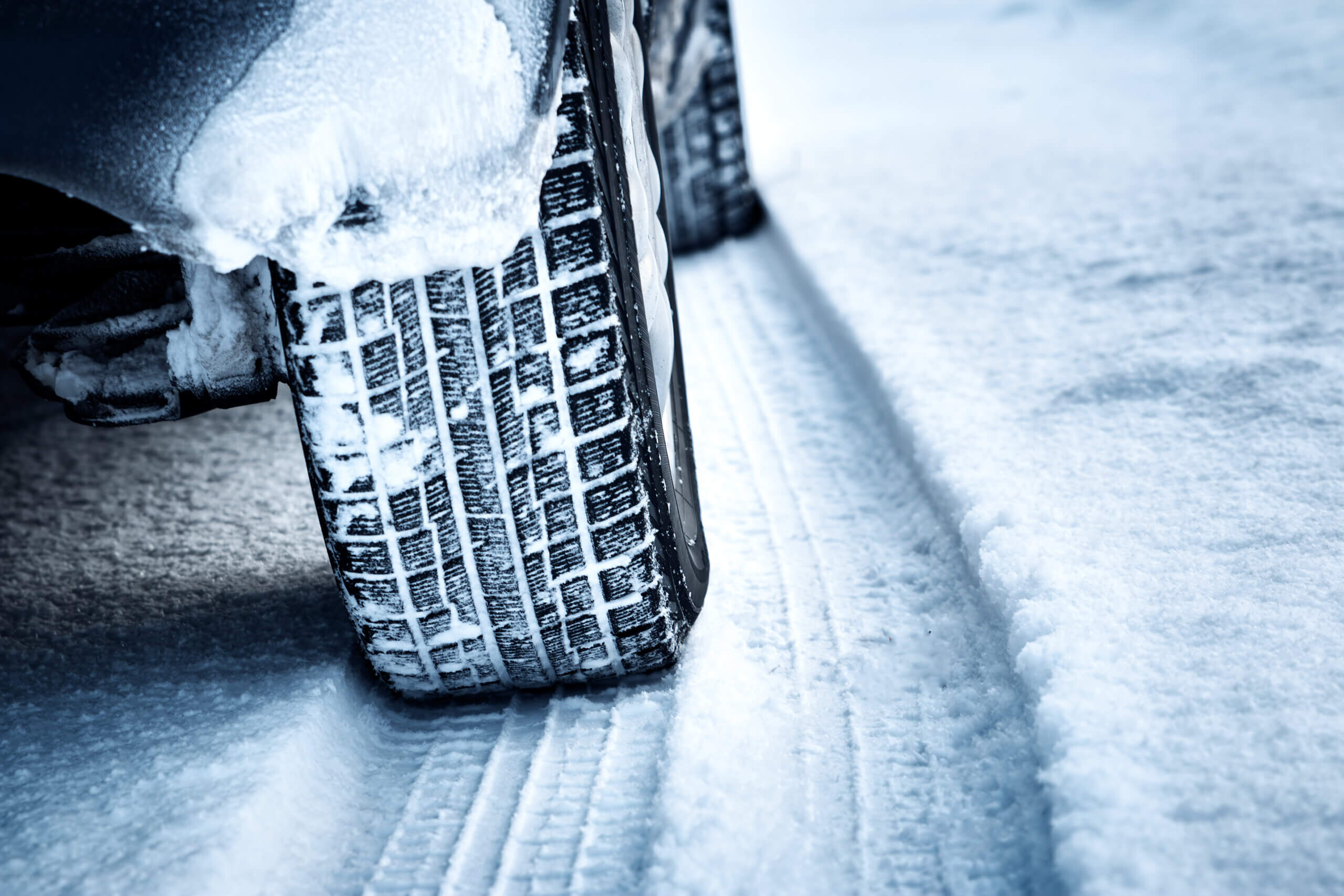
With Winter just around the corner, it is vital to familiarise yourself about the importance of driving safely in the snow. Snow can be beautiful but dangerous at the same time. Whether you are a new or experienced driver, you should take extra care when driving in the snow or ice. Be prepared and stay safe by following Insight’s winter driving advice below.
1. Before driving in the snow
It is always good to remember to leave extra time for planning and preparing before you start your journey. Check up-to-date weather reports and traffic news to help you know more about the road conditions on your route. De-ice your windscreen, clear your windows, mirrors, and the roof of your car, and check your tyres before setting off. Consider purchasing winter tyres if you live in a place that is known to get snow. Also, check your fuel levels and ensure at you have at least a quarter of a tank. If you are driving an electric car, make sure the battery is fully charged as it may run out quickly in winter conditions. You can use a trickle-charger as a backup.
2. Driving safely in the snow
Use second gear to pull away and gently lift the clutch to avoid wheel skidding. Maintain a higher gear when speeding up for better control. Make sure that you are not driving too fast or slow. It is important to avoid movements such as harsh braking or steering. On a snowy and icy day, you need to allow up to ten times the stopping distance. Turn your dipped headlights on when driving in heavy snow and your fog lights if visibility drops below 100m. When going uphill, set off in a higher gear to reduce wheel rotations. Go down through the gears and allow the engine to slow the car while going downhill.
3. If you get stuck on the road
Turn your wheels from side to side or use a shovel to push and clear the snow out of the way if you get stuck. Remember if you keep moving while the wheels spin it will only make the situation worse. Drive from forward to backward, and then back again. Slightly step on the accelerator until the vehicle starts. If you cannot move, stay in the car to keep warm, but do not run the engine for more than 10-15 minutes in each hour.
4. Long distance driving
It would be helpful to take the following winter driving kit with you for long distance trips: chargers, sunglasses (to reduce glare), medicine, first aid kit, breakdown emergency contact, sleeping bag, blanket, shovel, torch, and water bottle.
Remember to also wear warm winter clothes such as a coat, hat, scarf, gloves, and waterproof footwear.
For learner drivers
If you are still a learner driver, ensure you stand out to other road users whilst on the road with Insight’s unique and revolutionary sign system sold with both L and P stickers via our shop here.
We hope our winter driving advice helps you stay safe whilst driving in the snow this Winter.
Sources:
